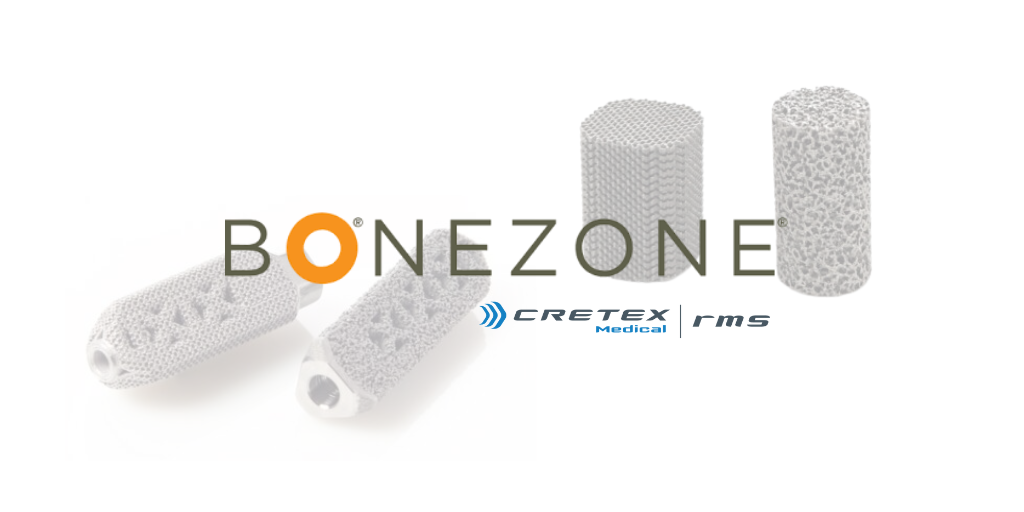
Authored by Sopheak Srun, MPH, SM(NRCM), QTS Principal Sterilization Specialist
On January 21, 2016, the FDA released the guidance document, “Submission and Review of Sterility Information in Premarket Notification (510(k)) Submissions for Devices Labeled as Sterile.” On March 21, 2016, this document is set to supersede, “Updated 510(k) Sterility Review Guidance K90-1,” issued August 30, 2002. For devices labeled as sterile, this document provides updated guidance on the information that should be included in a 510(k) submission. One of the key changes is the greatly expanded section on pyrogenicity testing (also known as bacterial endotoxins testing).The 2002 guidance simply stated that if a product is labeled as “pyrogen free,” the sponsor should include a description of the method used for making that determination. While documents such as AAMI ST72 have been explicit about the types of products that shall be evaluated for bacterial endotoxins and could be labeled as “non-pyrogenic,” the FDA could not force the sponsor to apply a non-pyrogenic label claim and ultimately left it up to the sponsor to determine if a non-pyrogenic label claim would be necessary. As such, this was a loophole that allowed many medical device companies to obtain FDA clearance without having to perform any bacterial endotoxins testing.
In the updated 2016 guidance, the FDA has closed this loophole and states that devices falling into the following categories should meet pyrogen limit specifications:
- implants;
- devices in contact directly or indirectly with the cardiovascular system, the lymphatic system, or cerebrospinal fluid, including devices that are present for similar systemic exposure; or
- devices labeled “non-pyrogenic.”
It is important to reiterate that while the FDA has expanded on the requirements for a 510(k) submission, these new pyrogenicity requirements are actually based on existing requirements that are already in AAMI ST72.
As this updated FDA guidance document is geared towards new 510(k) submissions, existing products that have already obtained 510(k) clearance would be grandfathered in under the previous requirements. While not required, it may still be prudent for medical device manufacturers to perform a risk analysis to determine if they should be applying pyrogenicity requirements to their existing products.
QTS has a dedicated team of sterilization specialists on staff who can help you navigate through these often confusing requirements. If you need assistance, please contact your account manager, or email us at expert@qtspackage.com.



